
ʟᴇᴠᴇʟ-ʜᴇᴀᴅᴇᴅ ᴘʀᴀɢᴍᴀᴛɪꜱᴛ || 𝗜𝗻𝗱𝗲𝗽𝗲𝗻𝗱𝗲𝗻𝘁 𝗝𝗼𝘂𝗿𝗻𝗮𝗹𝗶𝘀𝘁 || འབྲུག་
16 subscribers
How to get URL link on X (Twitter) App

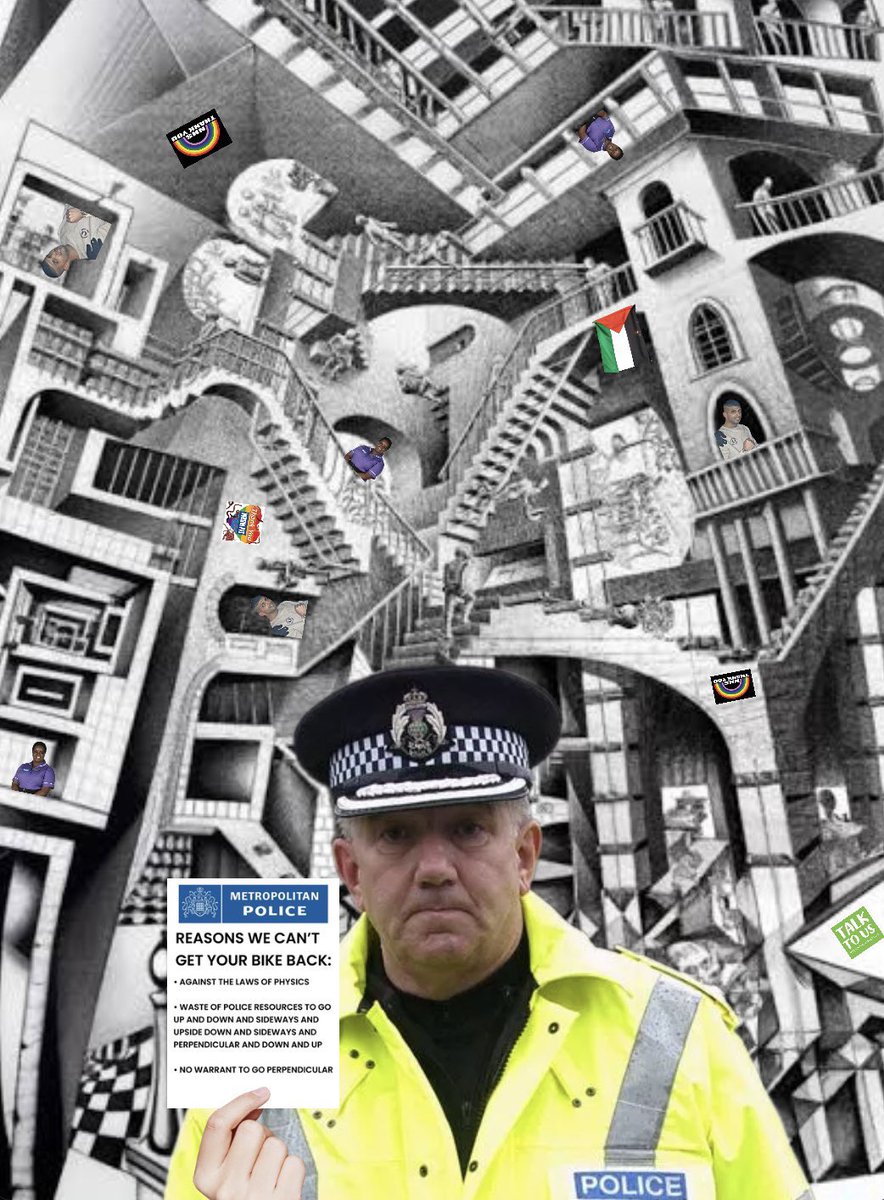
https://x.com/kunley_drukpa/status/1998827827882336653
 Again, would like one person to actually defend the change at a properly intellectual level instead of just denying the demonstrable change represents any kind of change at all. You cannot ‘co-opt’ a term if you are unprepared to honestly address the actual original sense of it
Again, would like one person to actually defend the change at a properly intellectual level instead of just denying the demonstrable change represents any kind of change at all. You cannot ‘co-opt’ a term if you are unprepared to honestly address the actual original sense of it

https://twitter.com/mukzafc/status/1996919170072539340‘Somali Manifest Destiny’


 When you fly in above, I don’t want to say the place looks like slum but it does look sort of the next step-up from a slum. Just a sea of corrugated iron roofs. These kinds of cities are not hugely appealing from above. It looks visibly ramshackle
When you fly in above, I don’t want to say the place looks like slum but it does look sort of the next step-up from a slum. Just a sea of corrugated iron roofs. These kinds of cities are not hugely appealing from above. It looks visibly ramshackle 

https://twitter.com/jblunt1018/status/1990045775418814472

 Another day in upside down world where someone uses an example that demonstrates the exact opposite opposite of what they are trying to argue to argue because they don’t know anything about anything
Another day in upside down world where someone uses an example that demonstrates the exact opposite opposite of what they are trying to argue to argue because they don’t know anything about anything https://twitter.com/kunley_drukpa/status/1770406464680607932

 “Caste-based discrimination at my workplace”
“Caste-based discrimination at my workplace” 
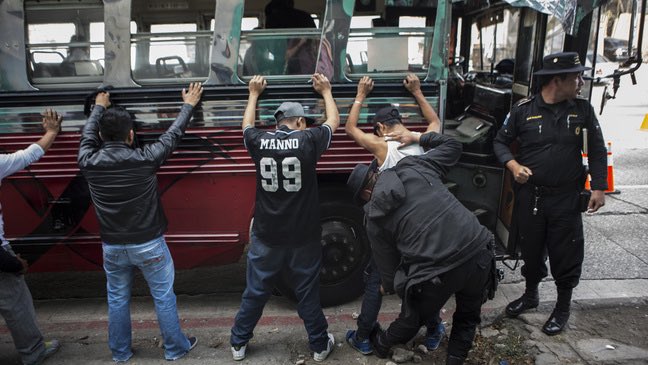
 THE POPULIST EFFECT TURBO-CHARGED
THE POPULIST EFFECT TURBO-CHARGED 

https://twitter.com/officialrnintel/status/1986572659425976683
 You did not anticipate that the Somali candidate would lose because you were insufficiently racist
You did not anticipate that the Somali candidate would lose because you were insufficiently racist https://twitter.com/kunley_drukpa/status/1724570772528660953

https://twitter.com/crimeldn/status/1983602408384008491

 Which TV Show would you like to see Kebatu make a guest appearance on after his second release from prison?
Which TV Show would you like to see Kebatu make a guest appearance on after his second release from prison?
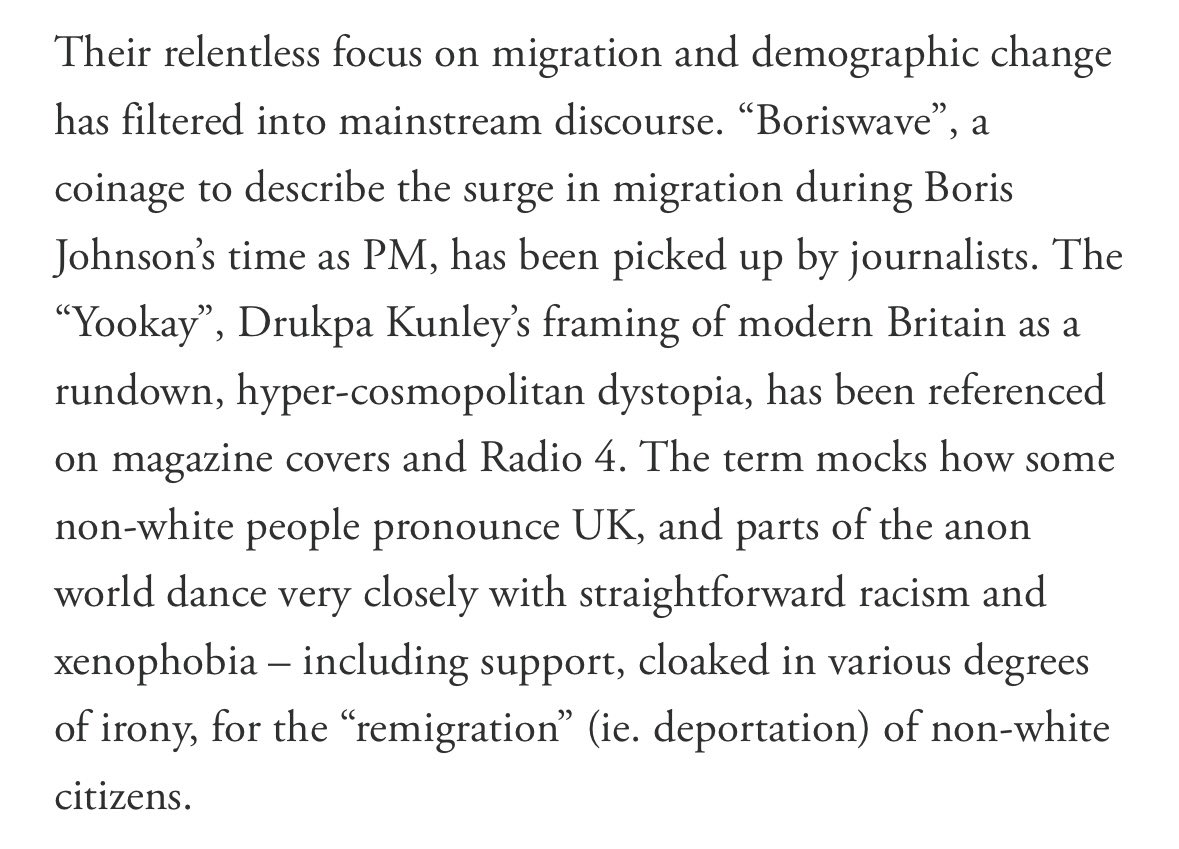
https://twitter.com/josiahgogarty/status/1978439576424267840
 GQ commissioned some ‘Drukpa Kunley’ inspired art for the article
GQ commissioned some ‘Drukpa Kunley’ inspired art for the article 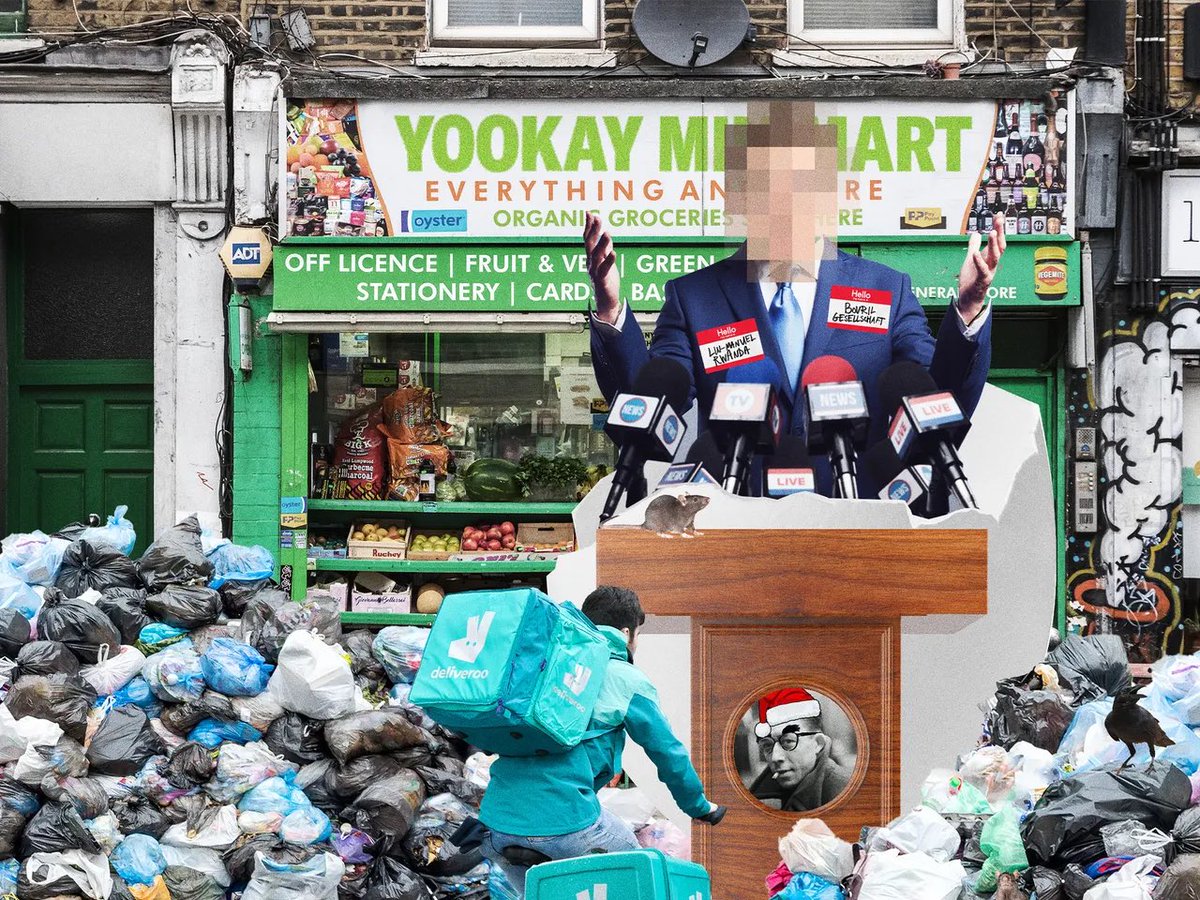

https://twitter.com/bbcbreaking/status/1973681293830271451

 x.com/augustderosa/s… x.com/augustderosa/s…
x.com/augustderosa/s… x.com/augustderosa/s…
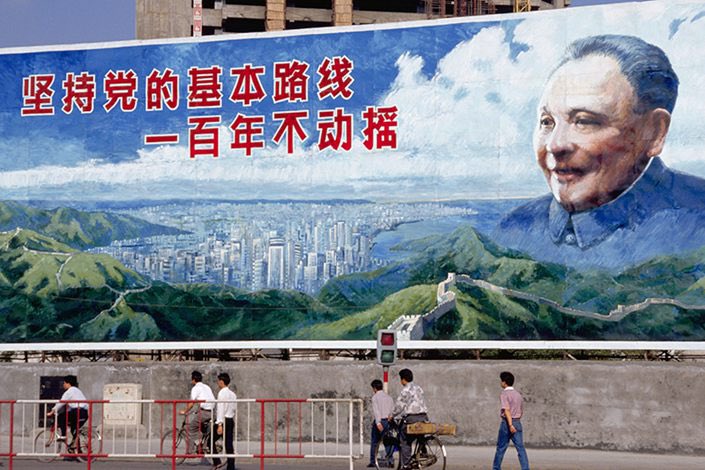
https://twitter.com/chungchingkwong/status/1970388650077888848“Why didn’t you have the moral courage to nuke Beijing?”

https://twitter.com/archiebland/status/1970386462530015329
 Who are the ‘extremely online right’?
Who are the ‘extremely online right’? 

 The above are examples of extreme declines in quality of life. In a wealthier more established country like Yookay née Britain, Canada or France etc. by comparison what ‘enshittification’ means in practice is slow decline in quality of life across various metrics but where that decline is not so precipitous that people’s lives become unbearable. For most people life will be some degree of Basically Fine even with this gradual decline over time. It is nowhere near as bad as Cuba or North Korea or any other failed or failing state you can think of and it may even be the case that the decline is nonlinear - there may be periods of recovery or technological advancements that improve life in many respects.
The above are examples of extreme declines in quality of life. In a wealthier more established country like Yookay née Britain, Canada or France etc. by comparison what ‘enshittification’ means in practice is slow decline in quality of life across various metrics but where that decline is not so precipitous that people’s lives become unbearable. For most people life will be some degree of Basically Fine even with this gradual decline over time. It is nowhere near as bad as Cuba or North Korea or any other failed or failing state you can think of and it may even be the case that the decline is nonlinear - there may be periods of recovery or technological advancements that improve life in many respects.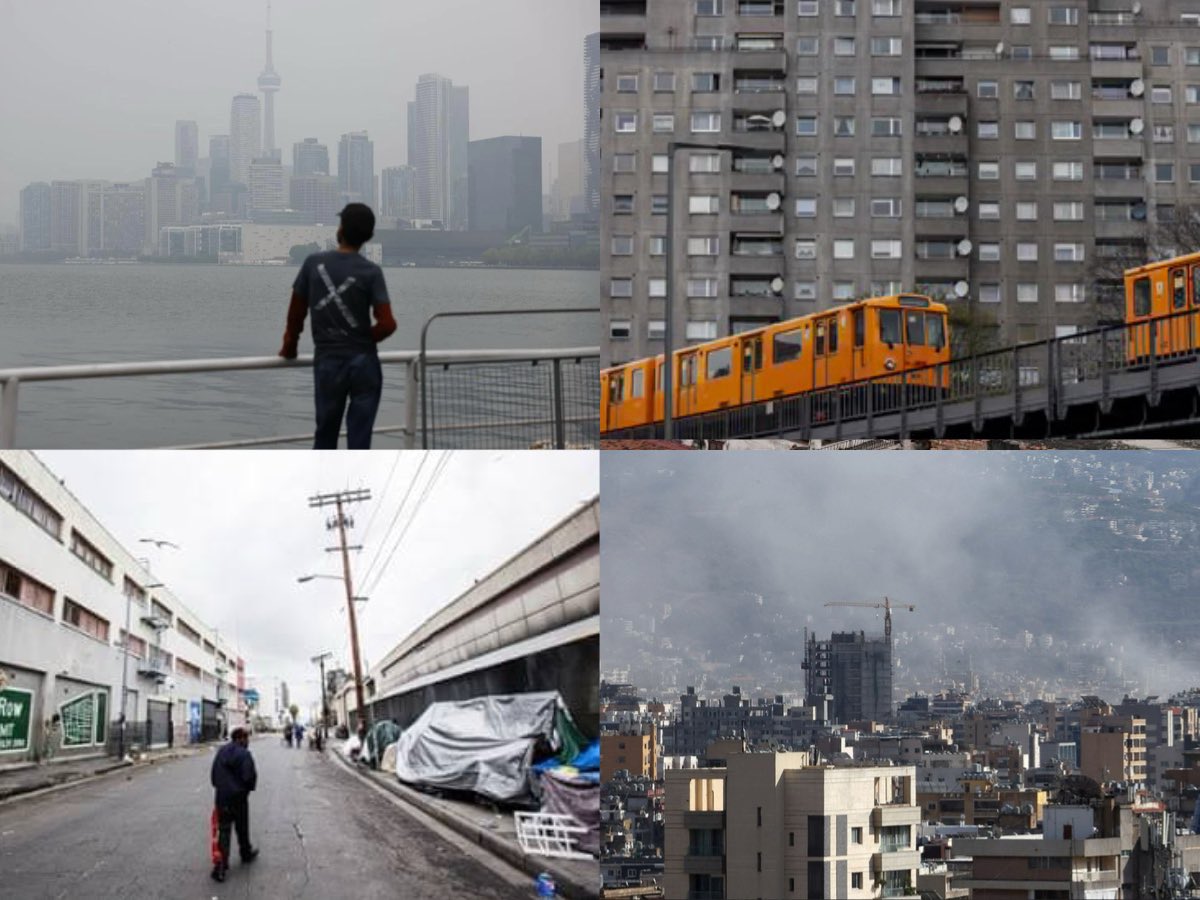

https://twitter.com/telegraph/status/1967377911146500366
 The suspect once wore a tracksuit and took a picture of himself squatting in it - a reference to ‘Slav Squat Pepe’, a popular meme Neo-Nazis often share to suggest that they ‘Feels Bad Man’ about the lack of Russian intervention in their own country’s domestic populist politics
The suspect once wore a tracksuit and took a picture of himself squatting in it - a reference to ‘Slav Squat Pepe’, a popular meme Neo-Nazis often share to suggest that they ‘Feels Bad Man’ about the lack of Russian intervention in their own country’s domestic populist politics 

 There are many bad people around here. The worst are the boma boys--gangs of debauched hoodlums, who attack, mug, and rob--a dreadful swarm of locusts that ravages everything. They will quickly sniff out that a lone European has come to live here. And to them, a European is a rich man. Who will protect you then?
There are many bad people around here. The worst are the boma boys--gangs of debauched hoodlums, who attack, mug, and rob--a dreadful swarm of locusts that ravages everything. They will quickly sniff out that a lone European has come to live here. And to them, a European is a rich man. Who will protect you then?

https://twitter.com/kunley_drukpa/status/1744017316231188749

https://twitter.com/samuli_salminen/status/1958462257051980284
 In Finland even western migrants are rarely net fiscal contributors
In Finland even western migrants are rarely net fiscal contributors 


 This is what Che says about the Congolese leader Laurent Kabila - who would later go on to become leader of the Congo during the Congolese Wars in which millions of Africans died - in his Congo Diary:
This is what Che says about the Congolese leader Laurent Kabila - who would later go on to become leader of the Congo during the Congolese Wars in which millions of Africans died - in his Congo Diary: